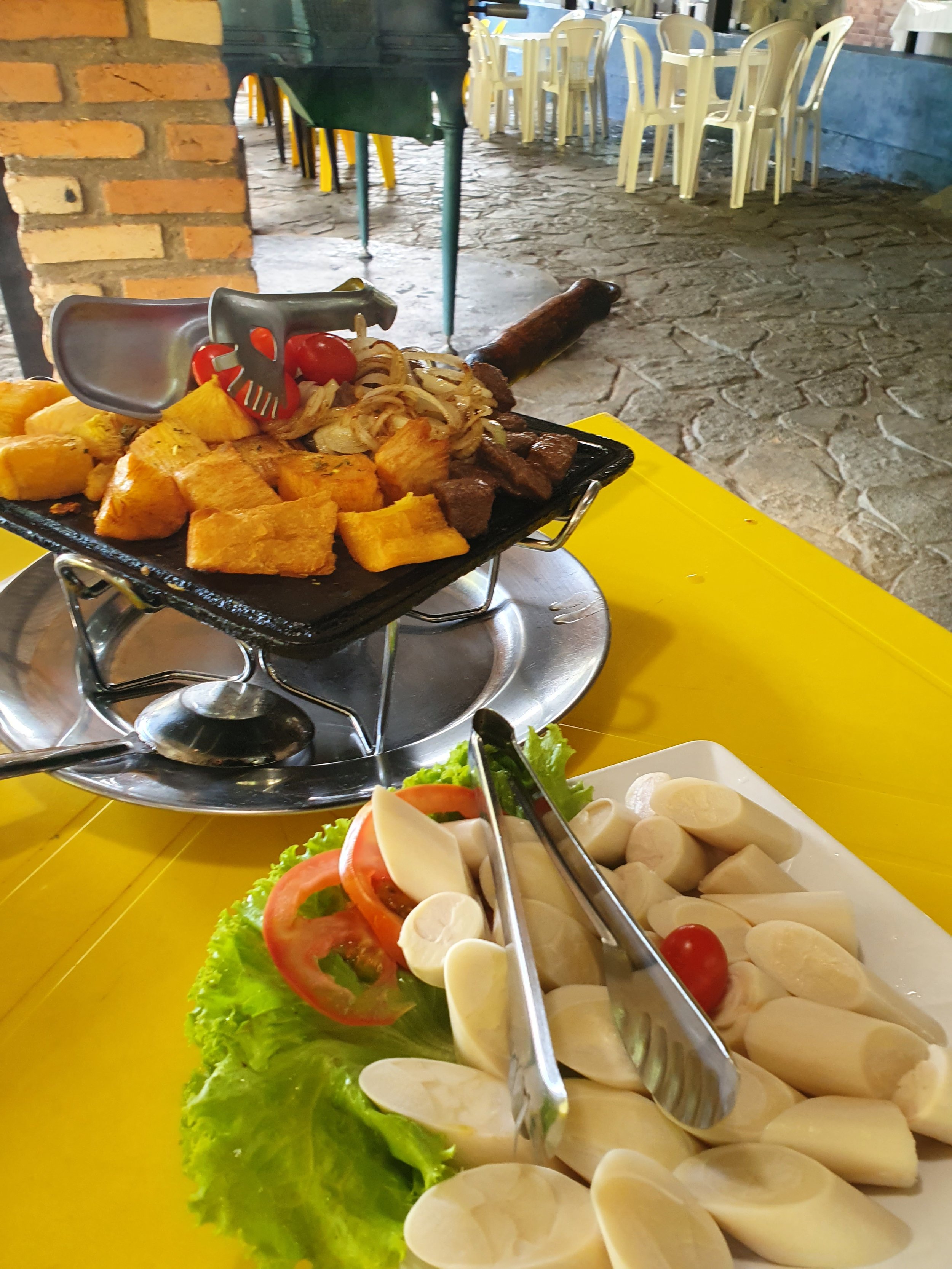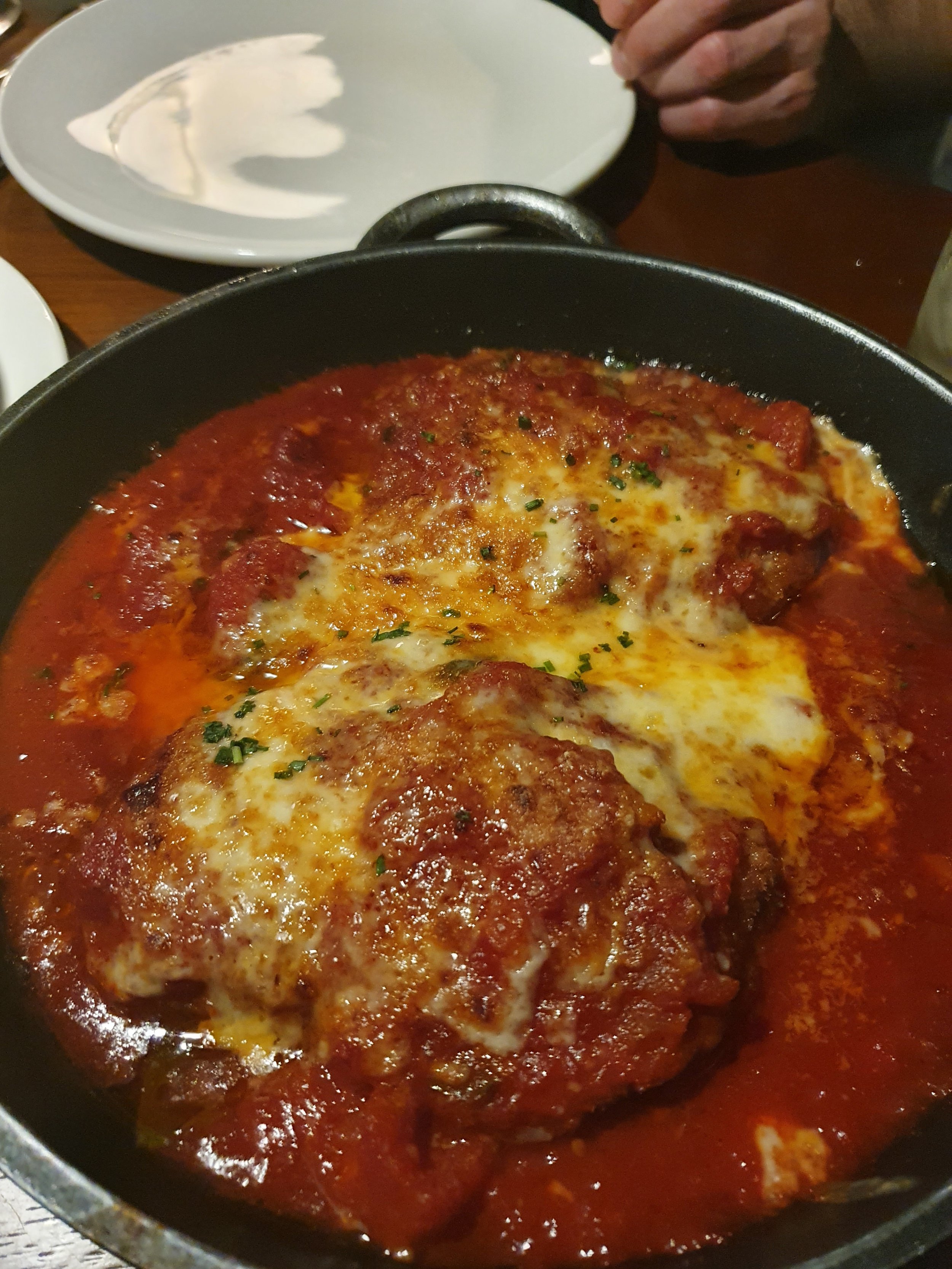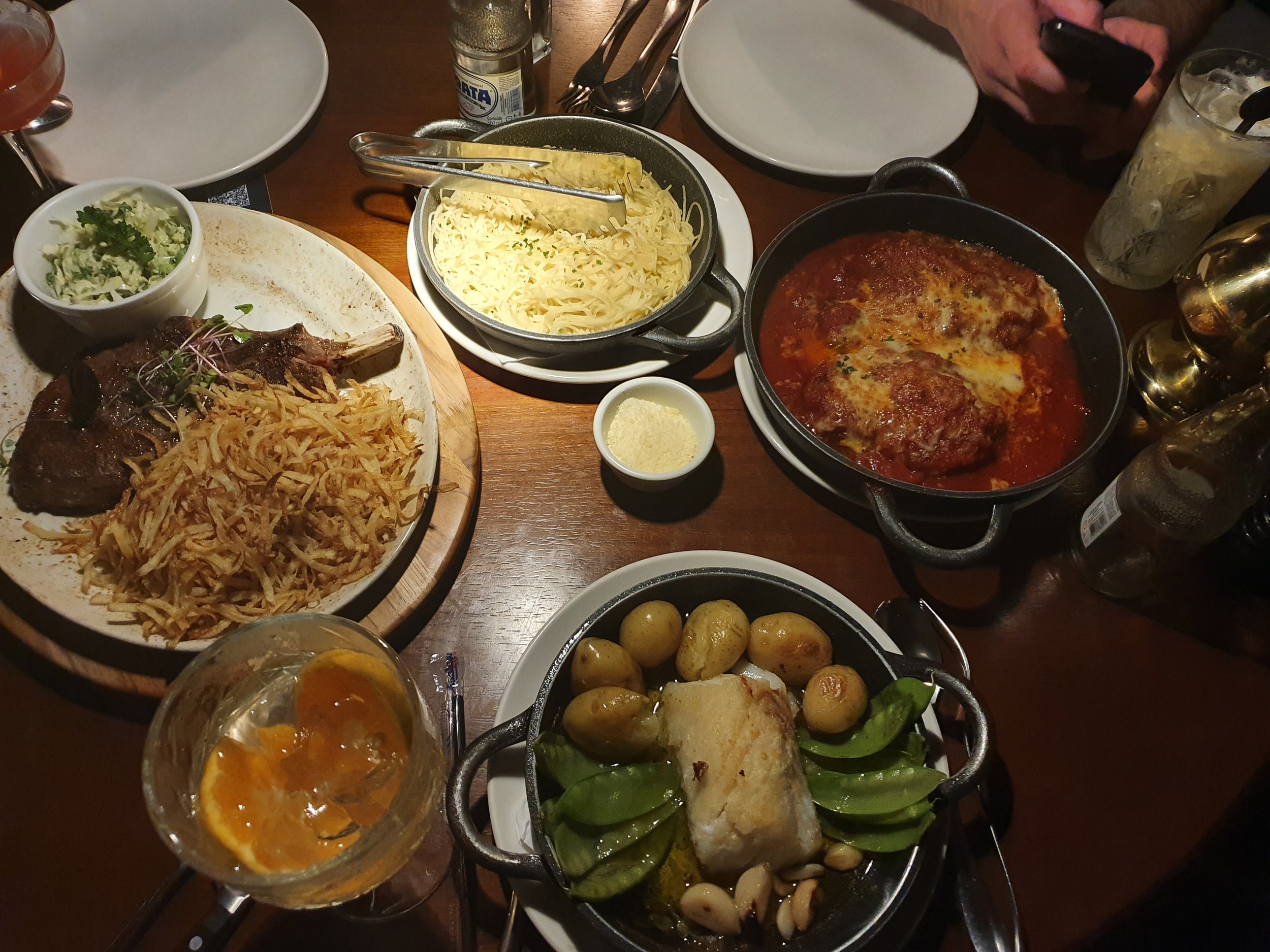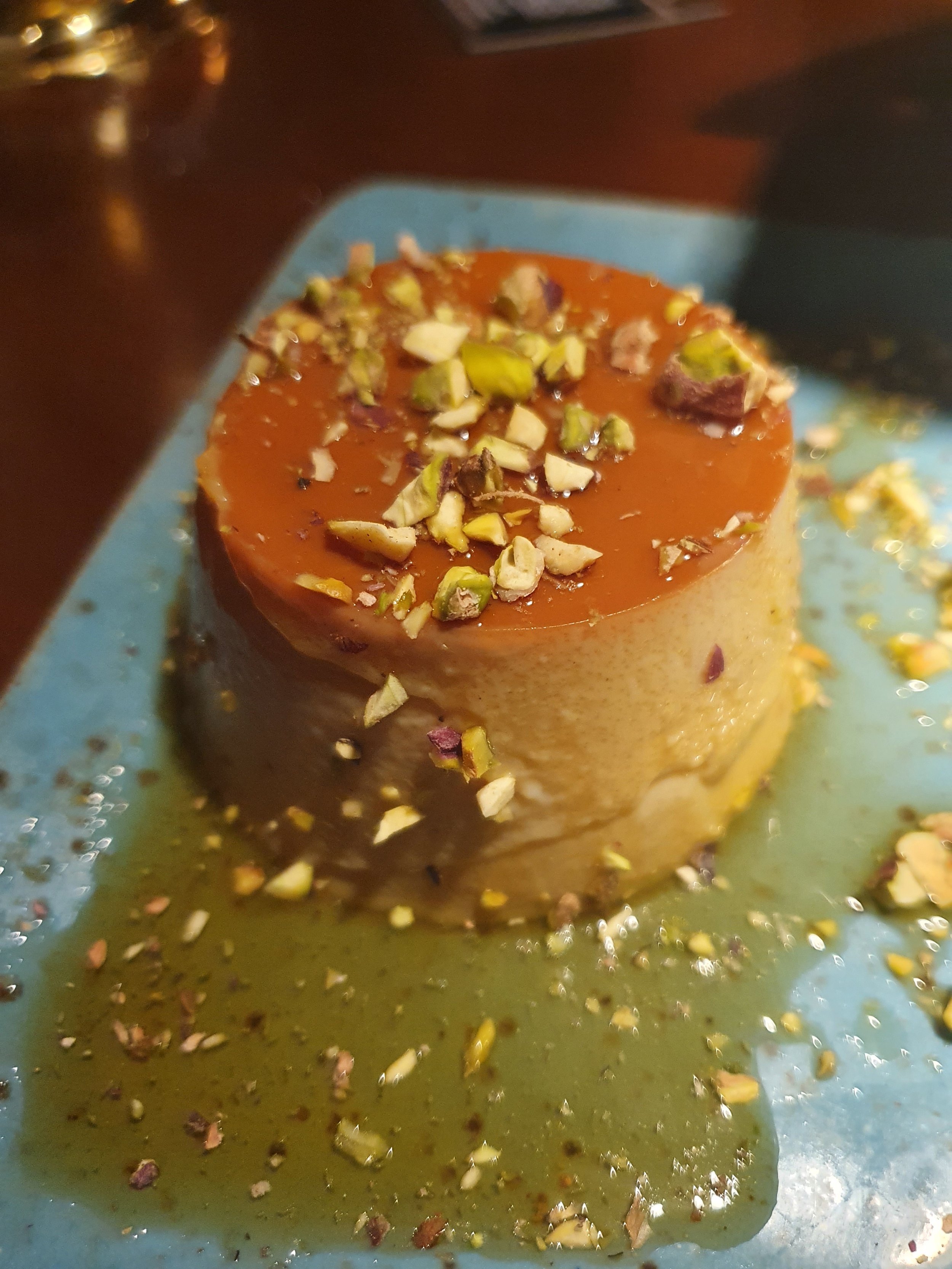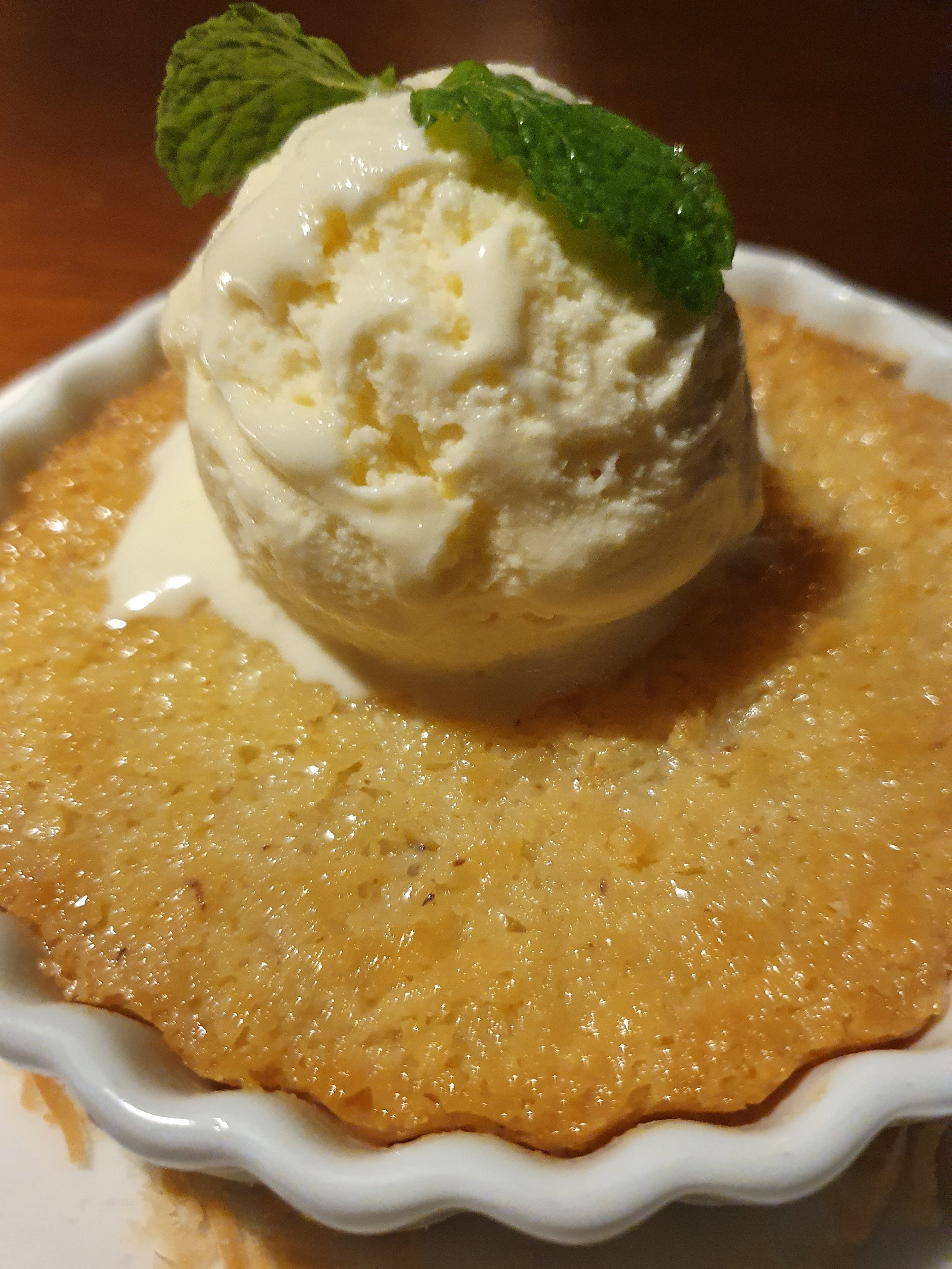Brasília
Brazilians’ opinions of their present and past presidents tend to differ, but when asked about their most admired ones, Juscelino Kubitschek (“JK”, president 1956-1961) almost invariably makes the cut: no wonder, as in a country where the future always seems just out of grasp and politicians’ promises of a land of milk and honey get stranded in a sea of corruption, JK’s vision of “50 years in 5” lives on in the very concrete form of the country’s purpose-built capital, Brasília.
The idea of unlocking the potential of Brazil’s vast inland spaces by moving the capital there from Rio de Janeiro was not new: rumour has it that Portugal’s colonial authorities made such plans as early as the mid-18th century, the new constitution of republican Brazil in 1891 almost opened with an article mandating the move and an intrepid Belgian geographer, Louis Cruls, had been sent to pick the exact spot in 1894. Even the 19th-century Italian saint, St. John “Don” Bosco, claimed to have seen a magically prosperous lakeside city between 15° and 20° South in one of his visionary and bizarrely specific dreams.
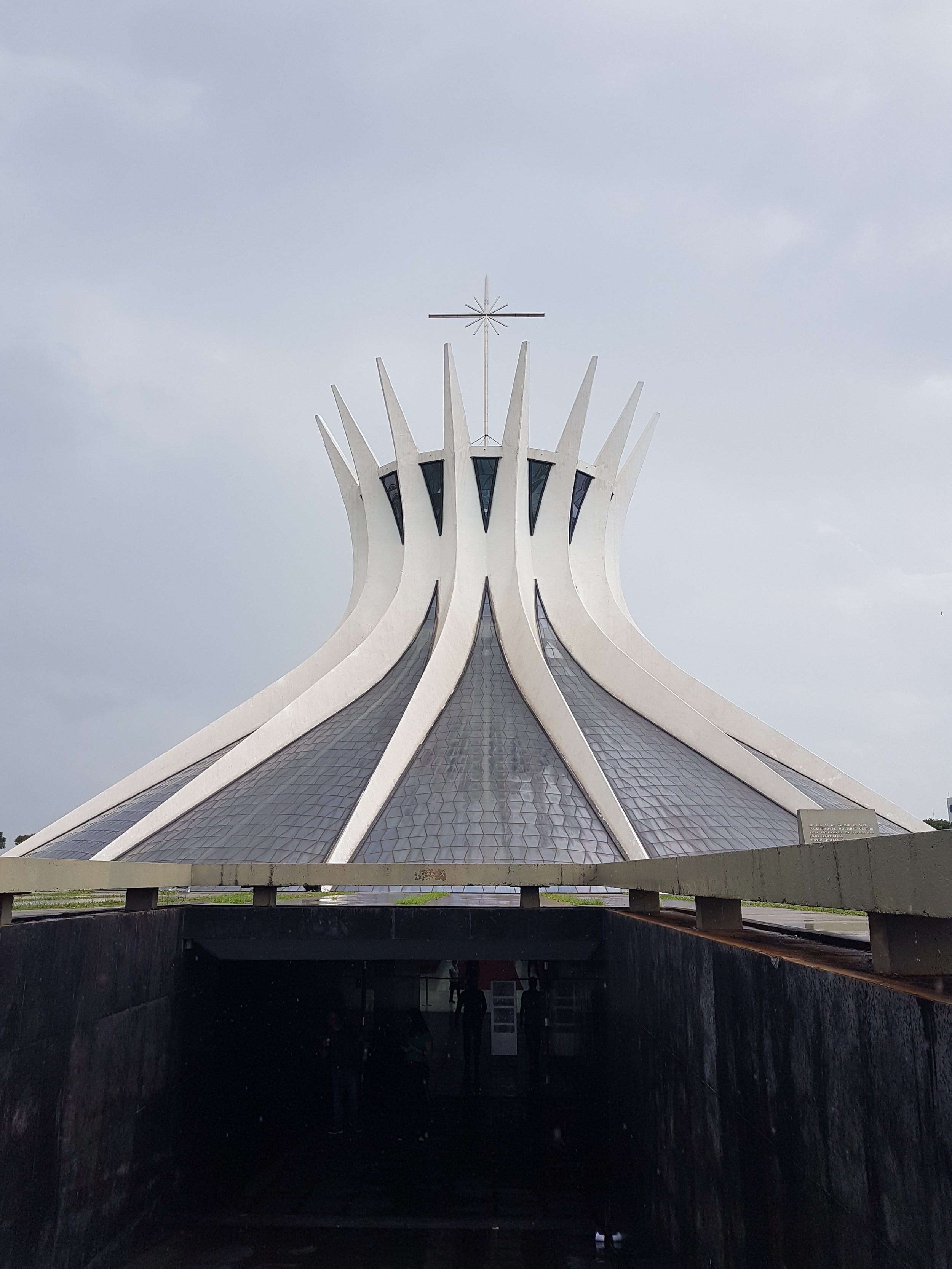
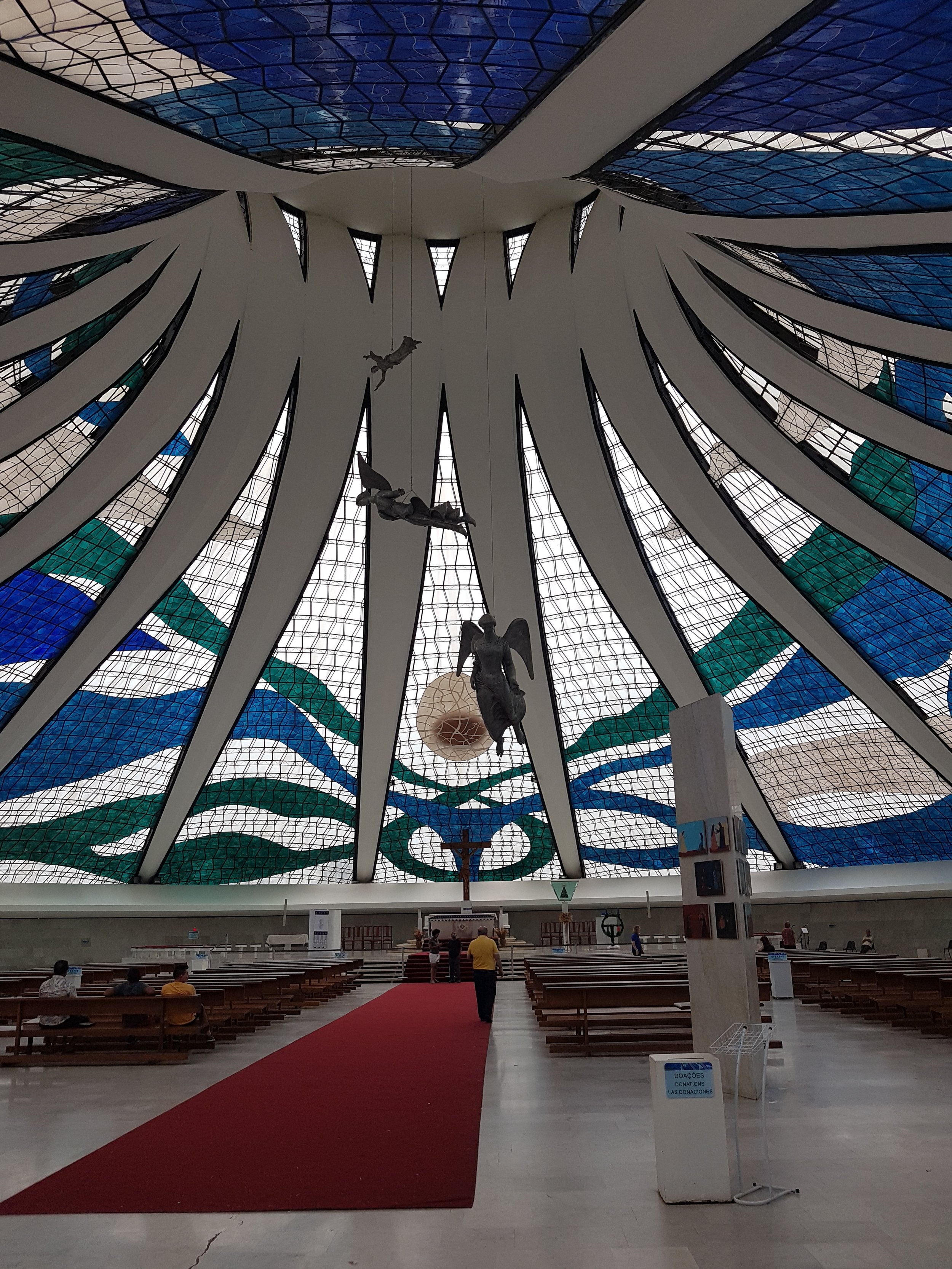
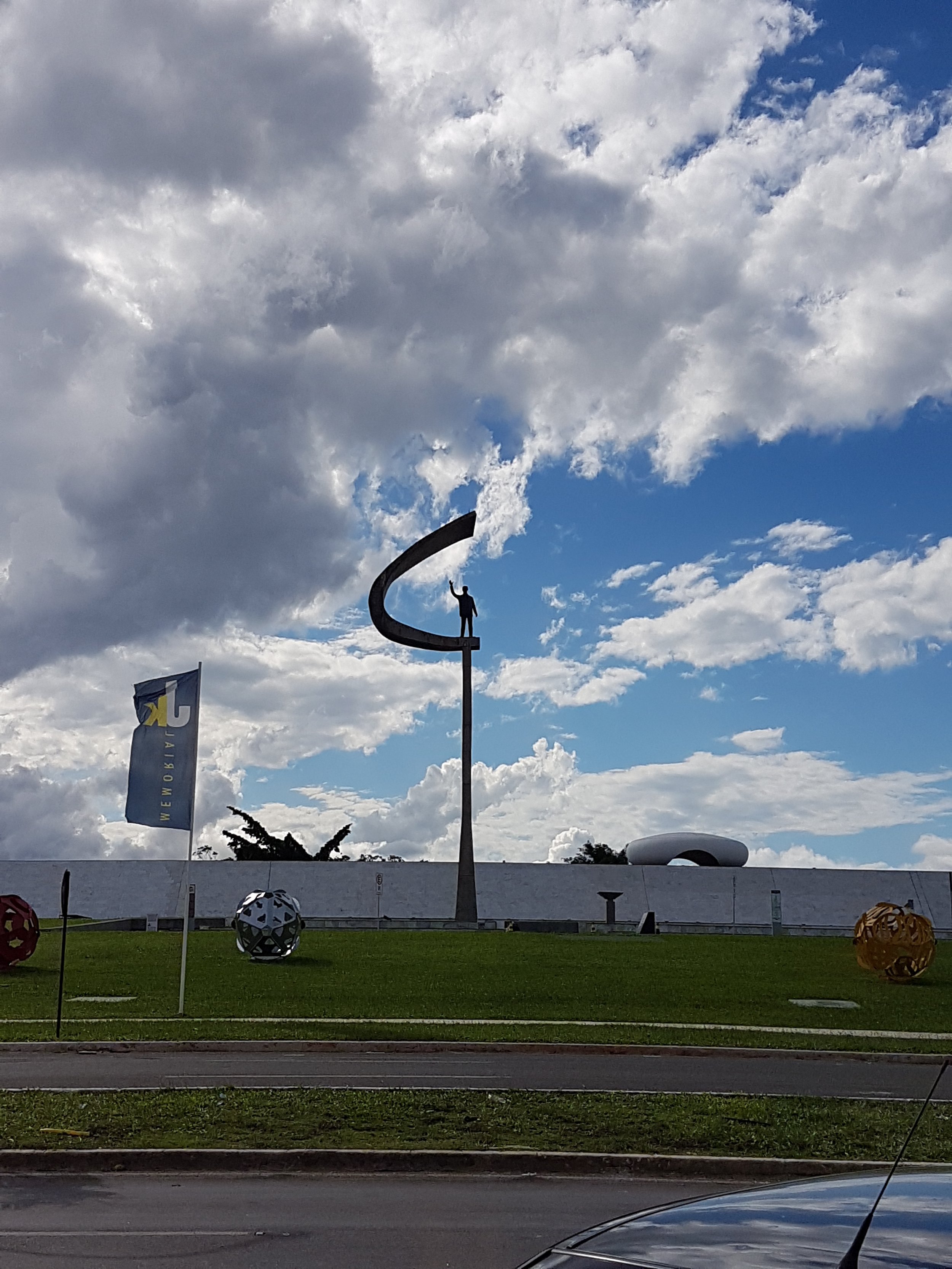
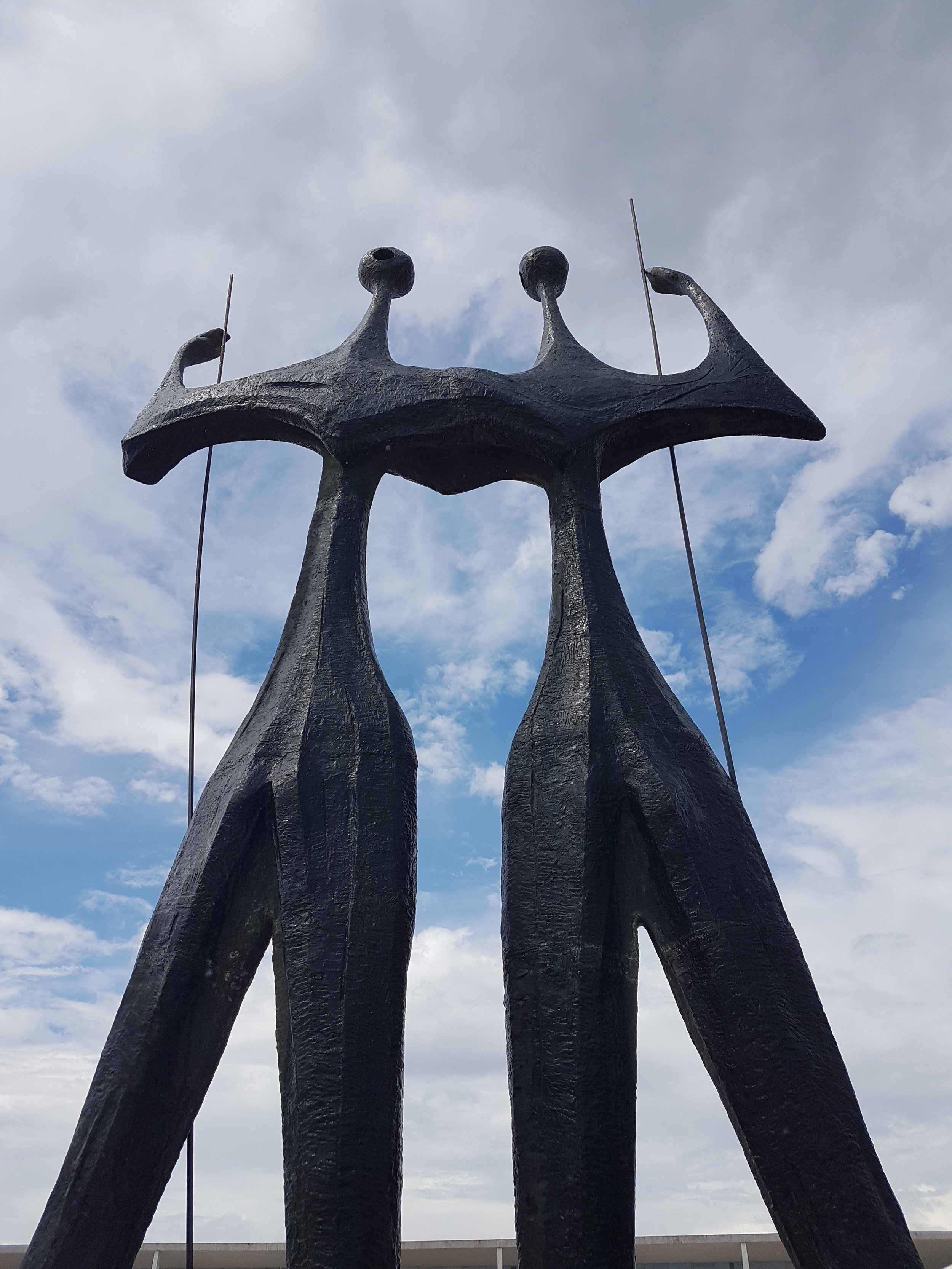
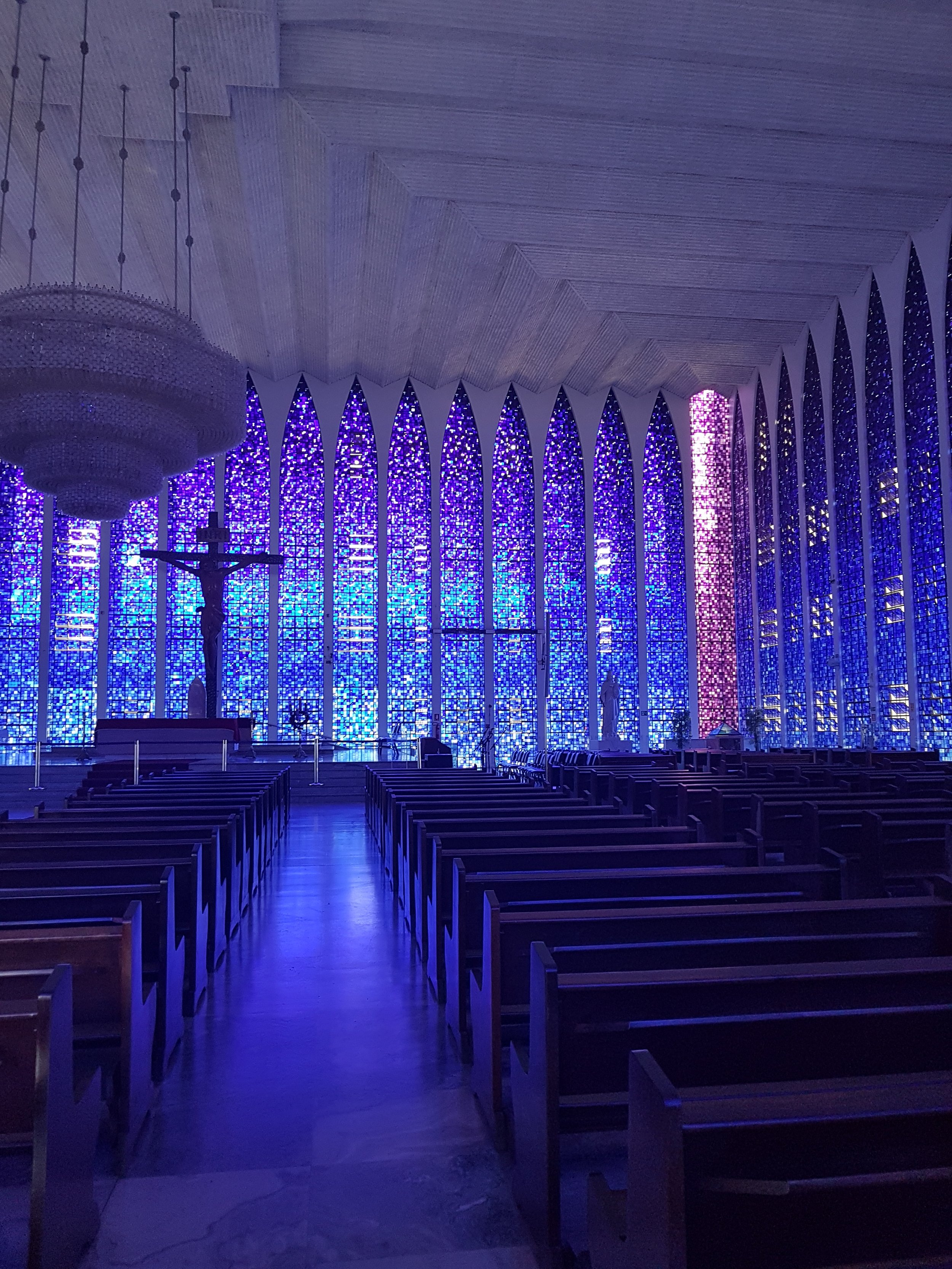
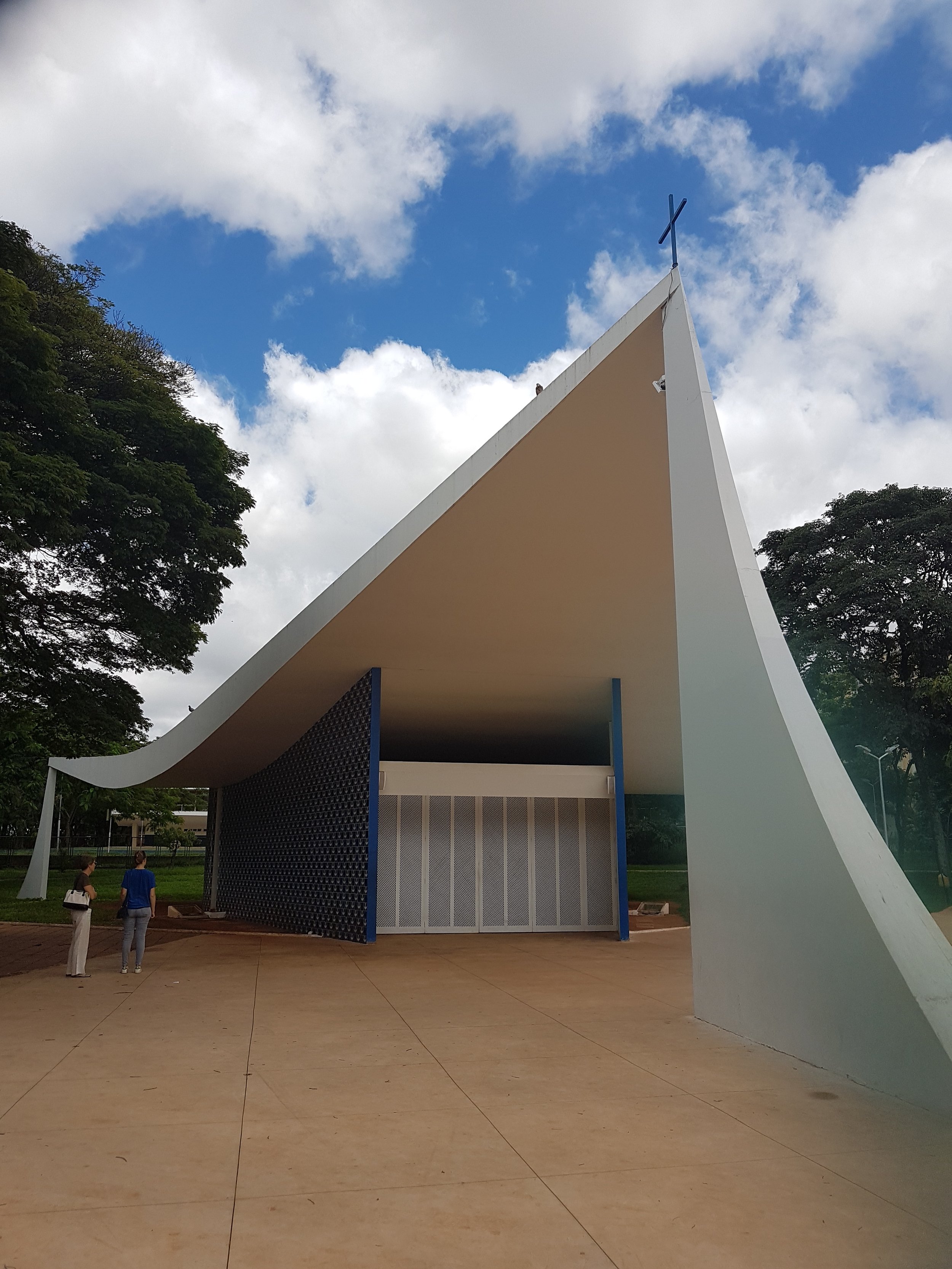
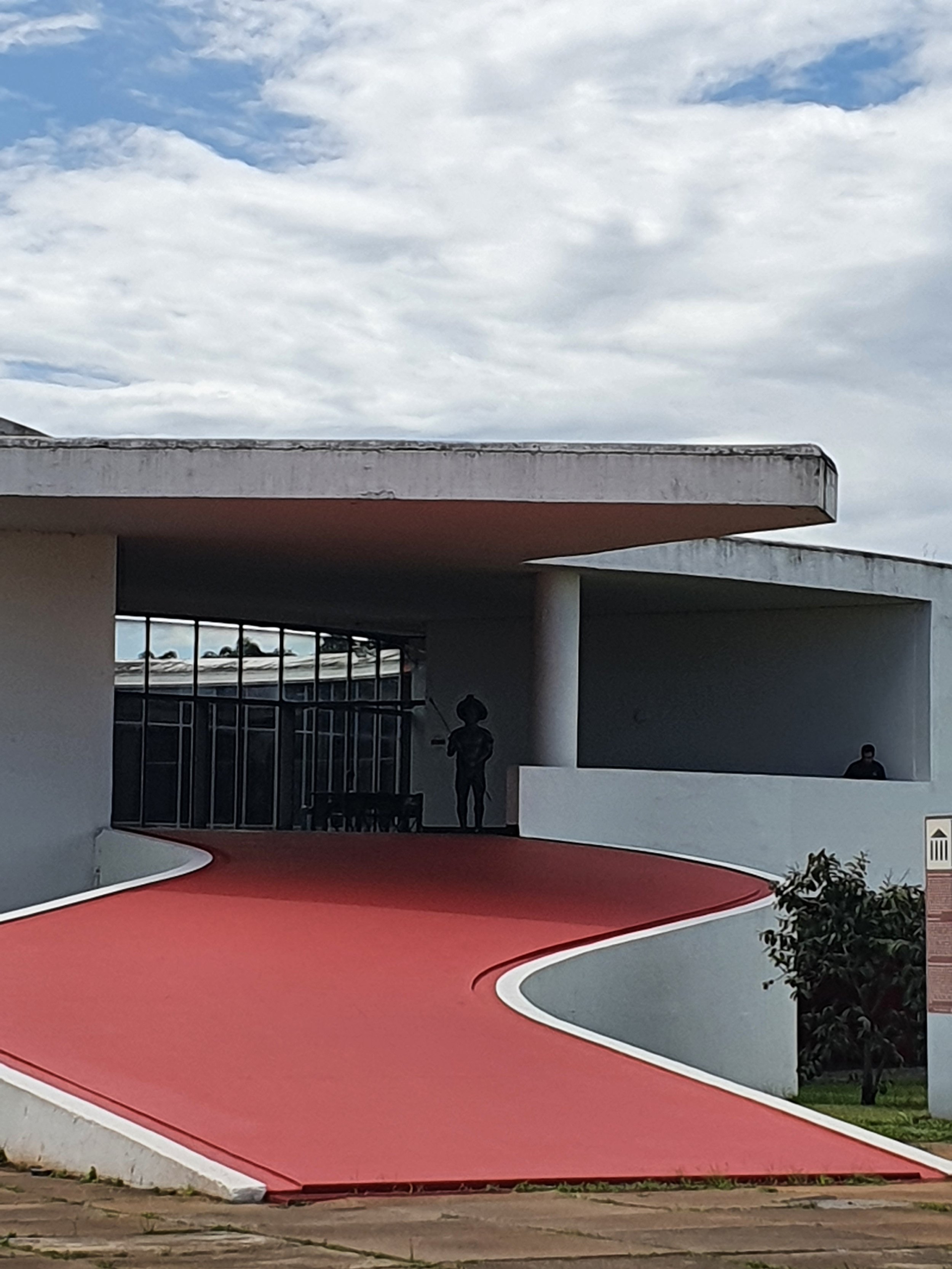
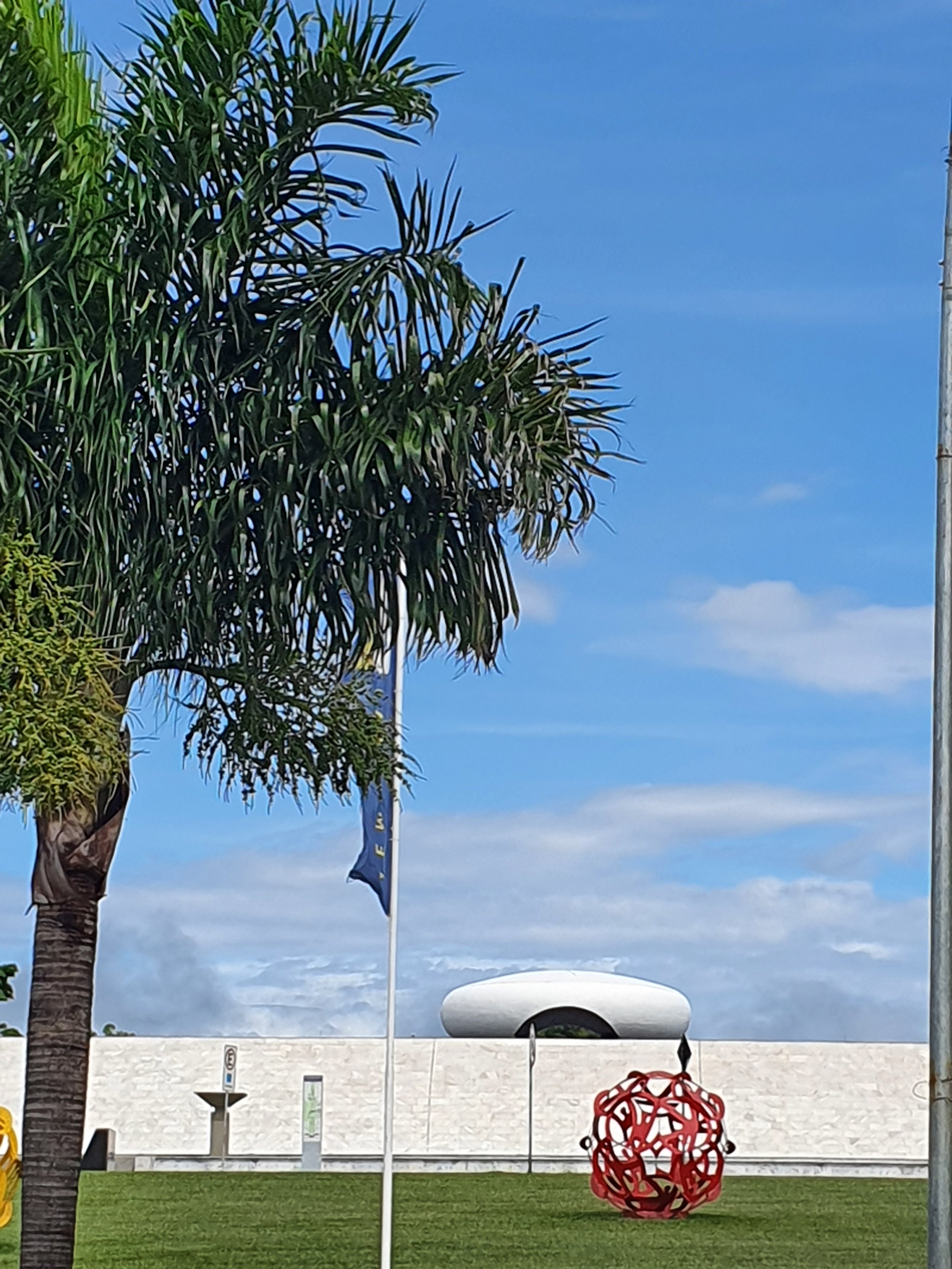
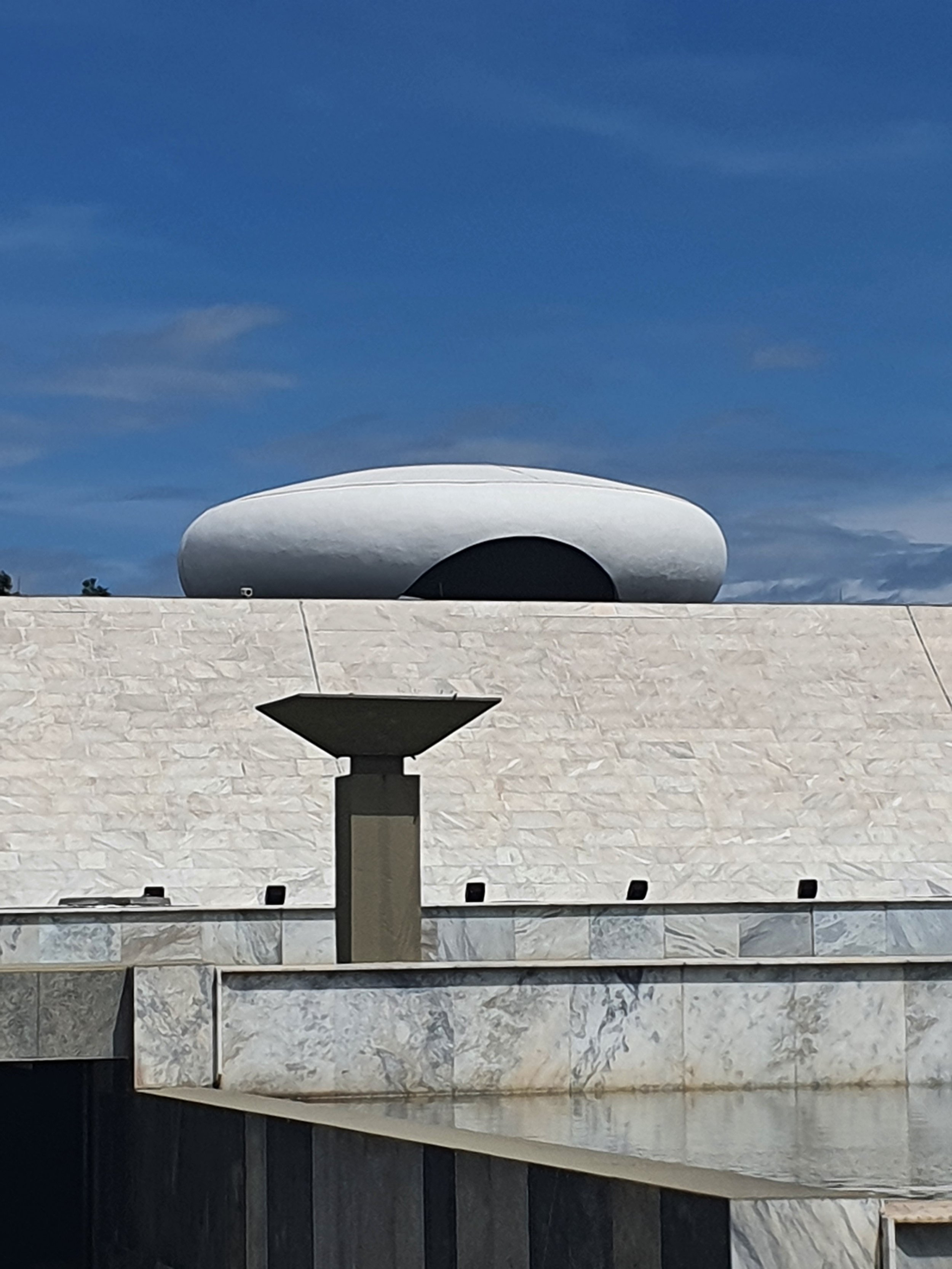
Since the Cruls mission, however, there had been a lot of procrastinating and not a lot of action: another one of those bucket-list presidents, Getúlio Vargas, came and went first as a dictator and then again as a popularly-acclaimed democrat before his rather theatrical exit from the political scene through media-covered suicide in 1954. From the political mess following this dramatic episode emerged the powerfully progressive JK administration. The idea was simple: Brazil would clean up its notoriously messy politics, unlock an era of unparallelled economic growth by “opening up” the interior and boost itself into the modern era by a gargantuan infrastructure programme: building Brasília and linking it to the rest of the country.
In practice, the plan was far from simple: the location pinpointed by Cruls (and dreamt about by Don Bosco) was in the middle of a vast trackless wilderness 140 km away from the nearest railway line into which all supplies initially had to be airlifted and where the only water supply came from the notoriously wild Paranoá River. It is a testament to the age’s visionary feverishness that the administration nevertheless succeeded in bringing together a vast army of workers (semi-affectionately known as “candangos”) from all around Brazil to follow Cruls’s helpful suggestion to dam the river and realise Don Bosco’s dream lake, and more importantly to carry out the designs of Brazil’s best and most famous modernist artists (city planner Lúcio Costa, architect Oscar Niemeyer and garden landscape artist Roberto Burle Marx) to build a city fit for the modern age. By the end of the administration’s term in 1960, the city was sufficiently ready to formally become the nation’s capital and host its most important institutions: needless to say, a lot of essential functions were “filled in” later.

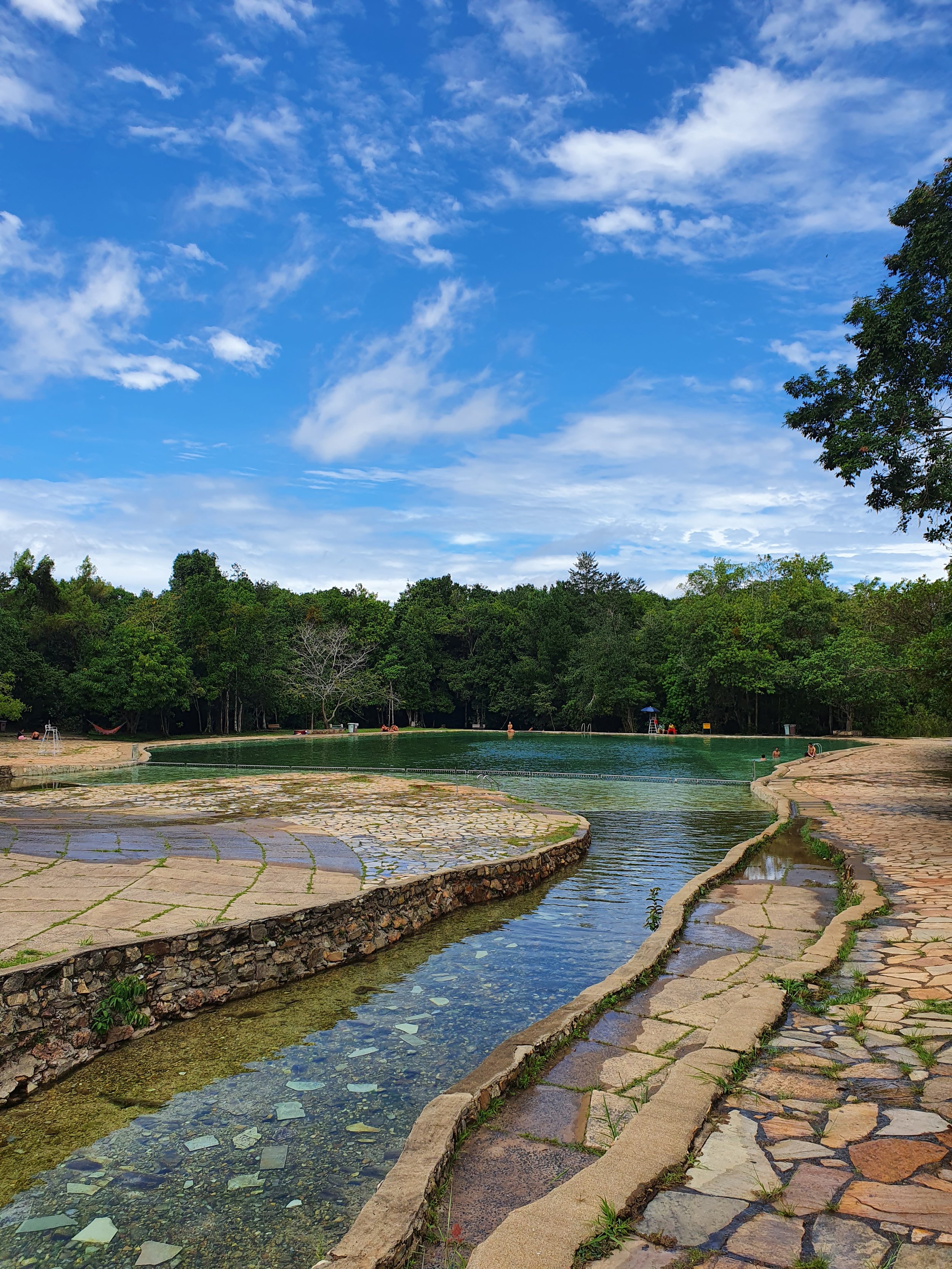
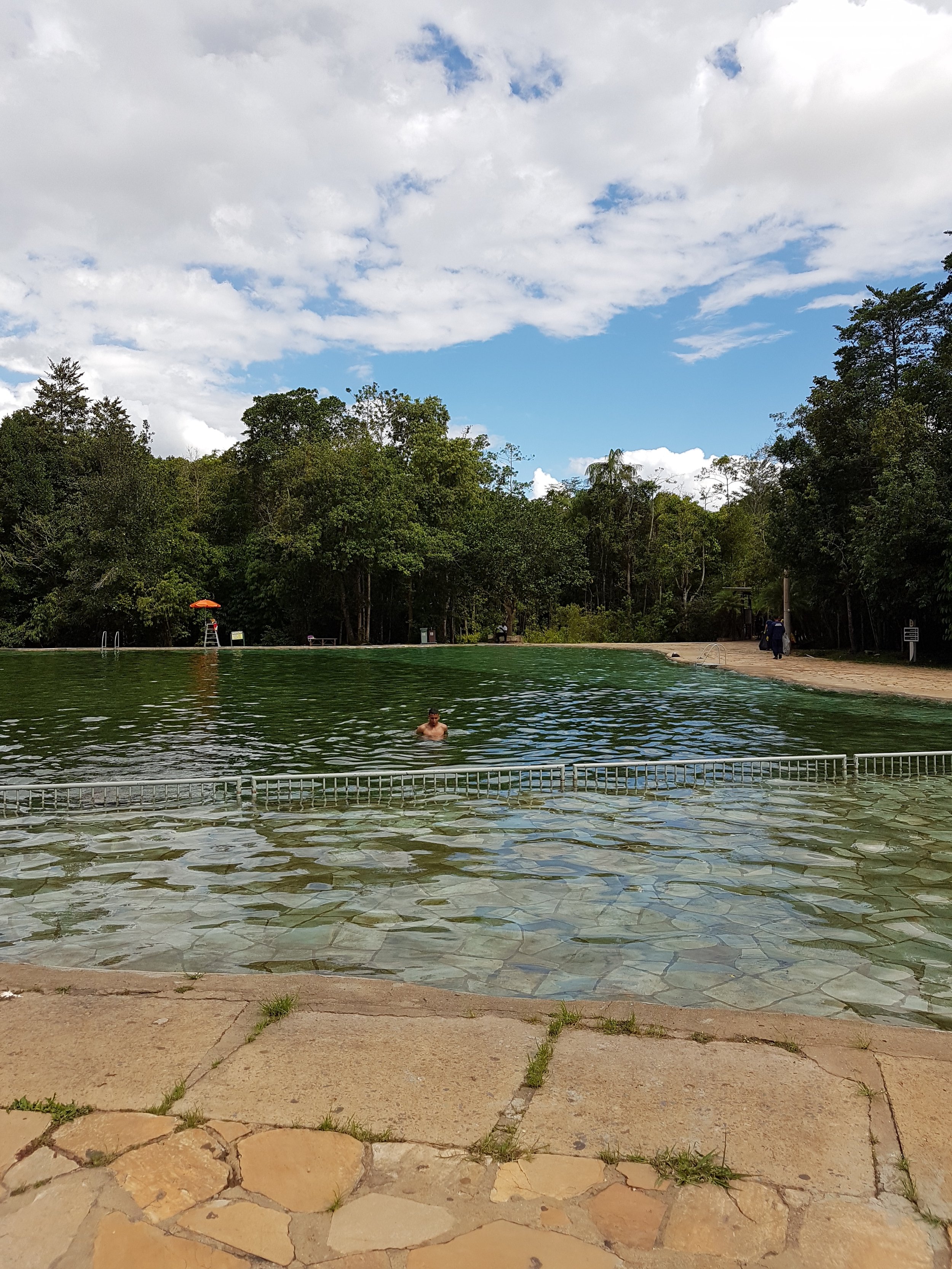

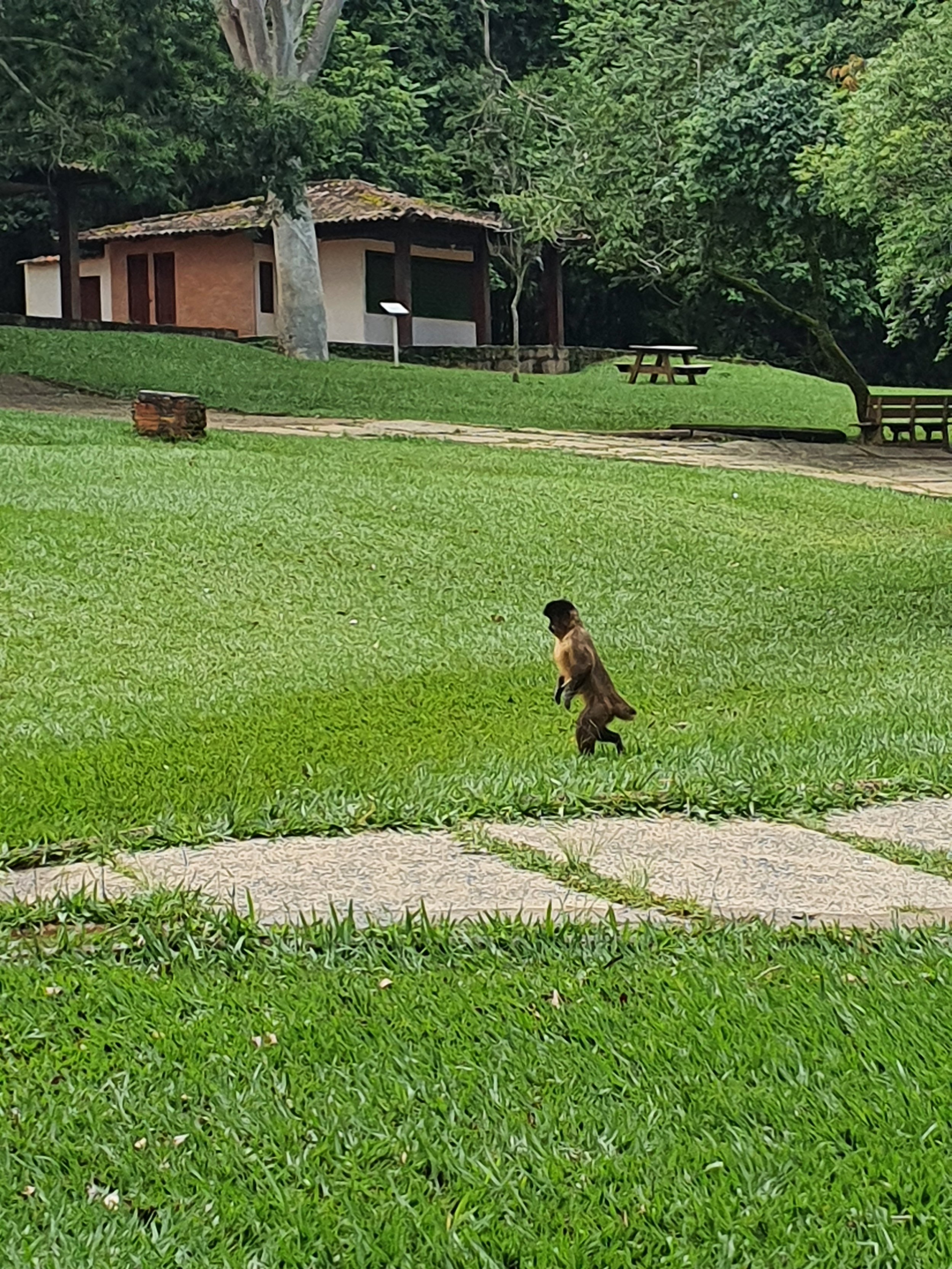
Brasília’s fortunes have been variable since then: Brazil’s democracy was overthrown by a military coup in 1964 and the subsequent military regime was all too happy to retire into its wilderness “fortress” where it was free from democratic pressures. Even today, the city often feels like a reality-divorced politicians’ playground. The city’s interplanetary architecture and vast, open spaces that can only be navigated using the 1950s’ beloved means of transportation (the car) do not necessarily help.
Nevertheless, it would be a mistake to dismiss Brasília as just another one of Brazil’s graveyards of modernism (of which the country has many). Brasília is definitely worth a few days of your time in the 21st century: do visit Niemeyer’s grand set-pieces such as the city’s cathedral (you will never see another cathedral like it), the Congress building and the Foreign Ministry’s airy Itamaraty Palace (guided tours available) and if you can, stay in the city’s original hotel, the Brasília Palace.
Try to also get a feel for Costa’s revolutionary living-space concept of self-contained numbered “superblocks” containing housing and essential amenities: superblock #308 was the first to be constructed and contains a lovely Niemeyer-designed little church (“Igrejinha”) at its centre. Following around the various references to Don Bosco will take you to the wonderful blue-windowed Santuário Dom Bosco as well as to the hermitage named after him, from where you have a wonderful view of the city he supposedly dreamed up.
Last but not least, having a capital city in the middle of trackless wilderness comes with its perks: you can visit Brasília National Park and swim in its delightful rock pools (in the company of cute monkeys who should not be fed) or venture a little further out and visit the spectacular Itiquira waterfall in the neighbouring city of Formosa.

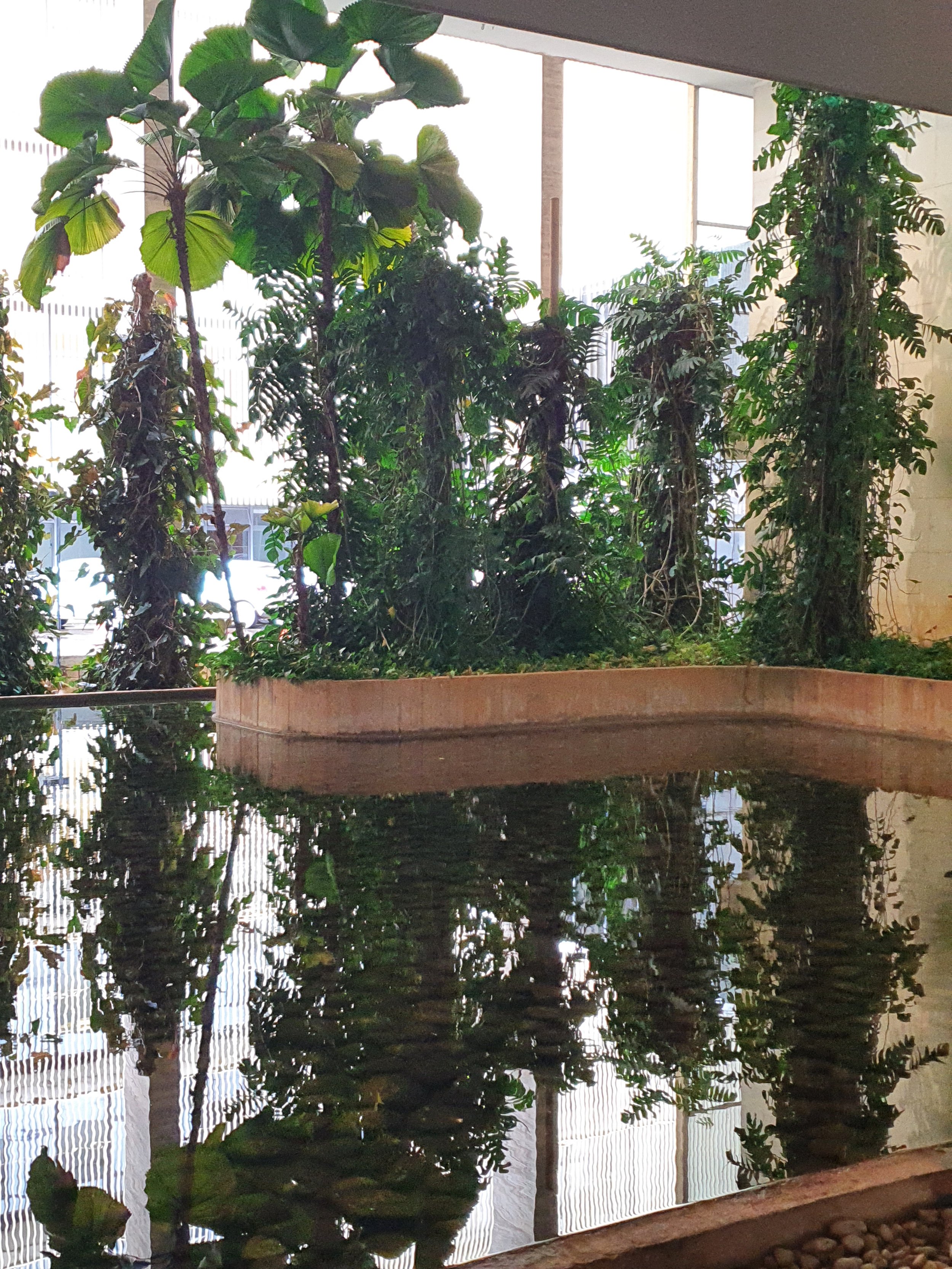
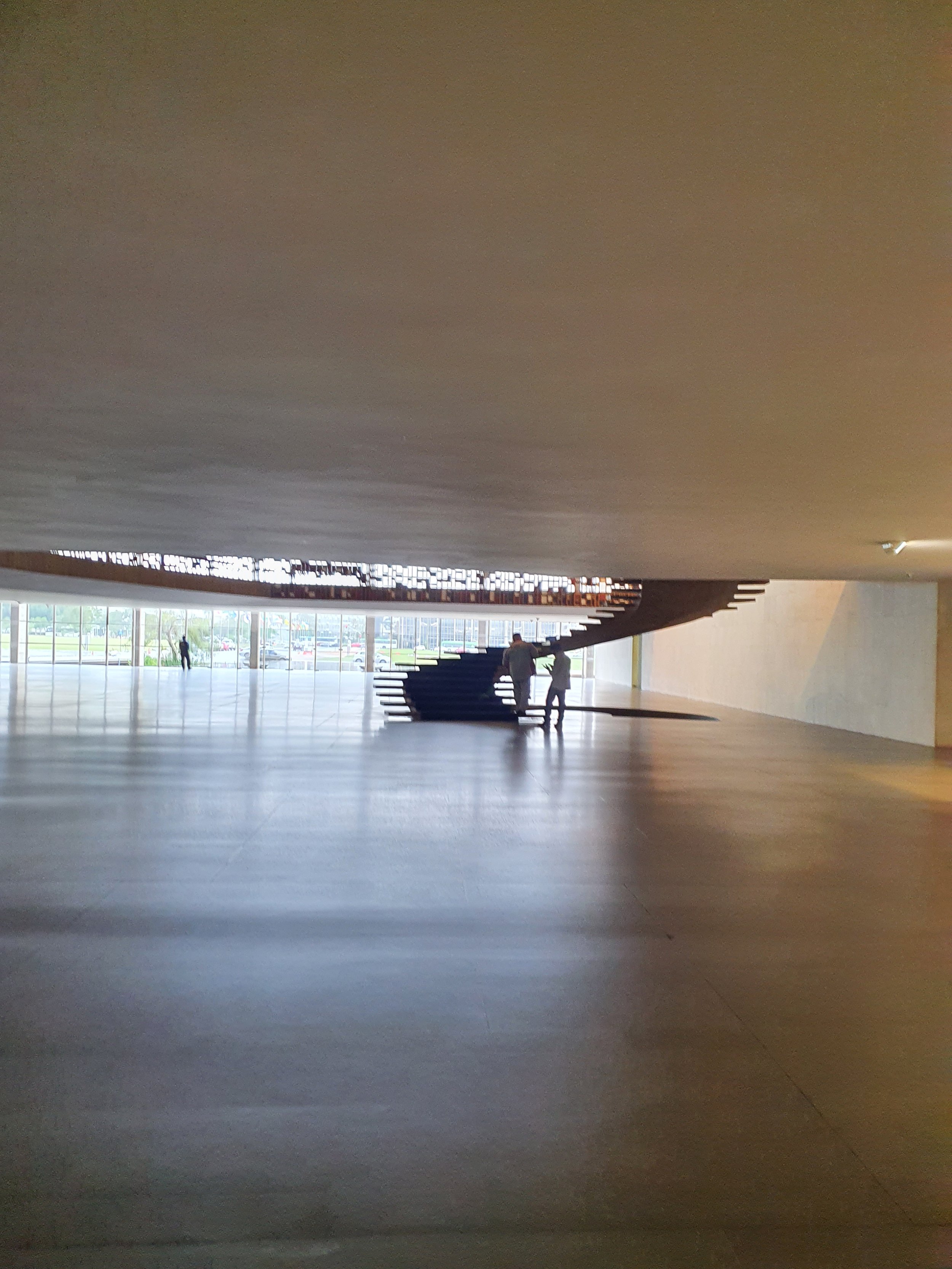
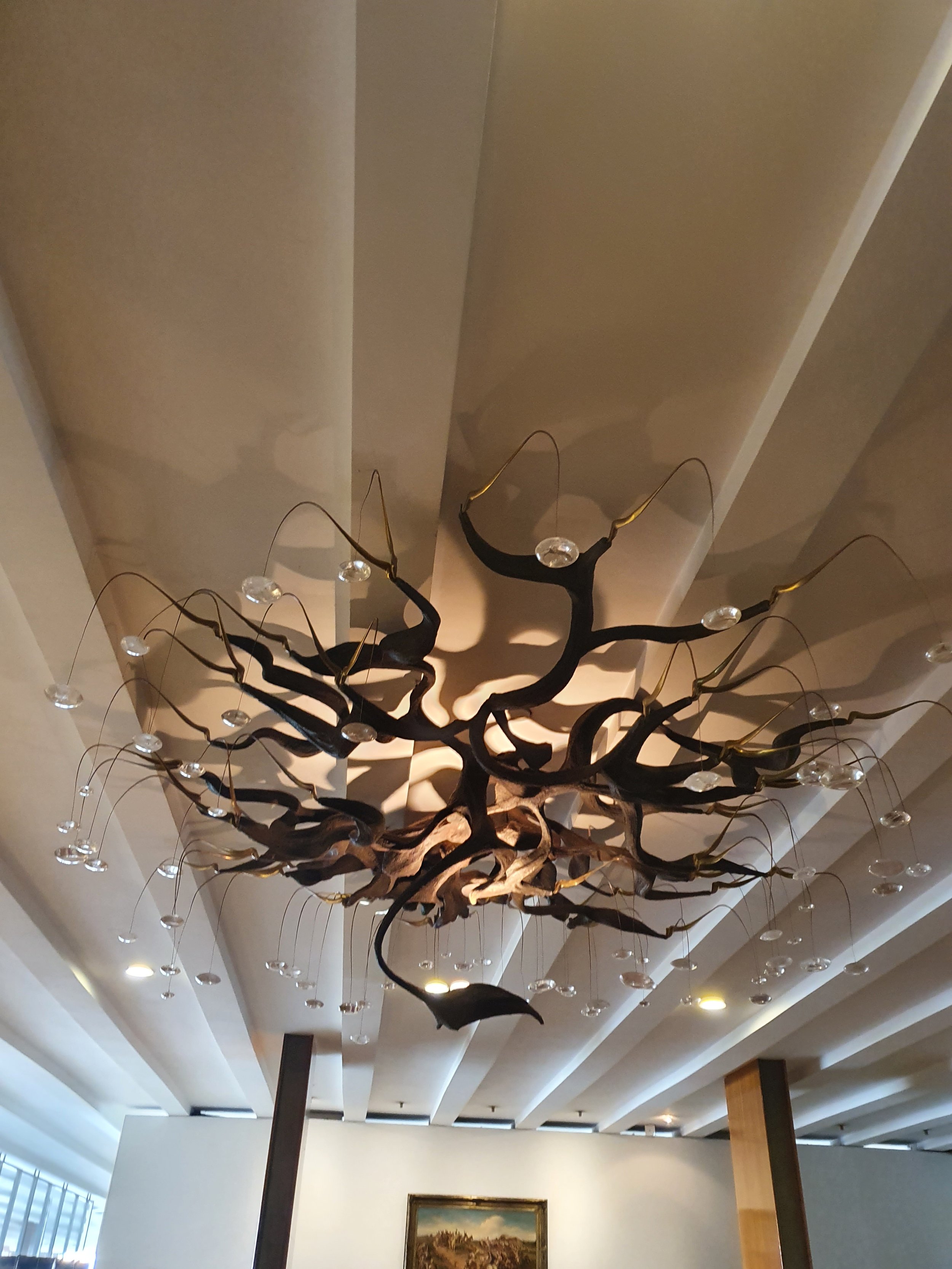
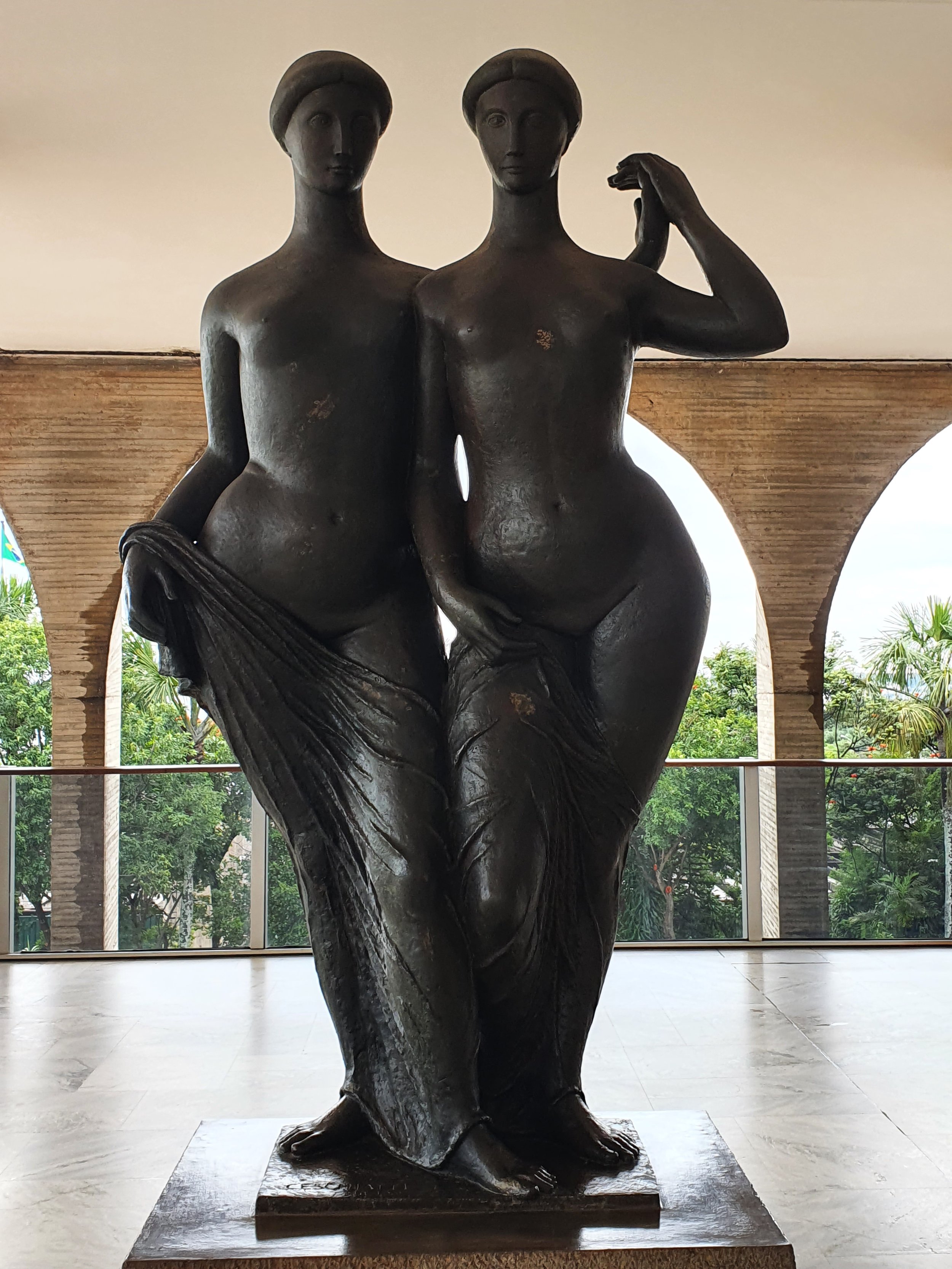
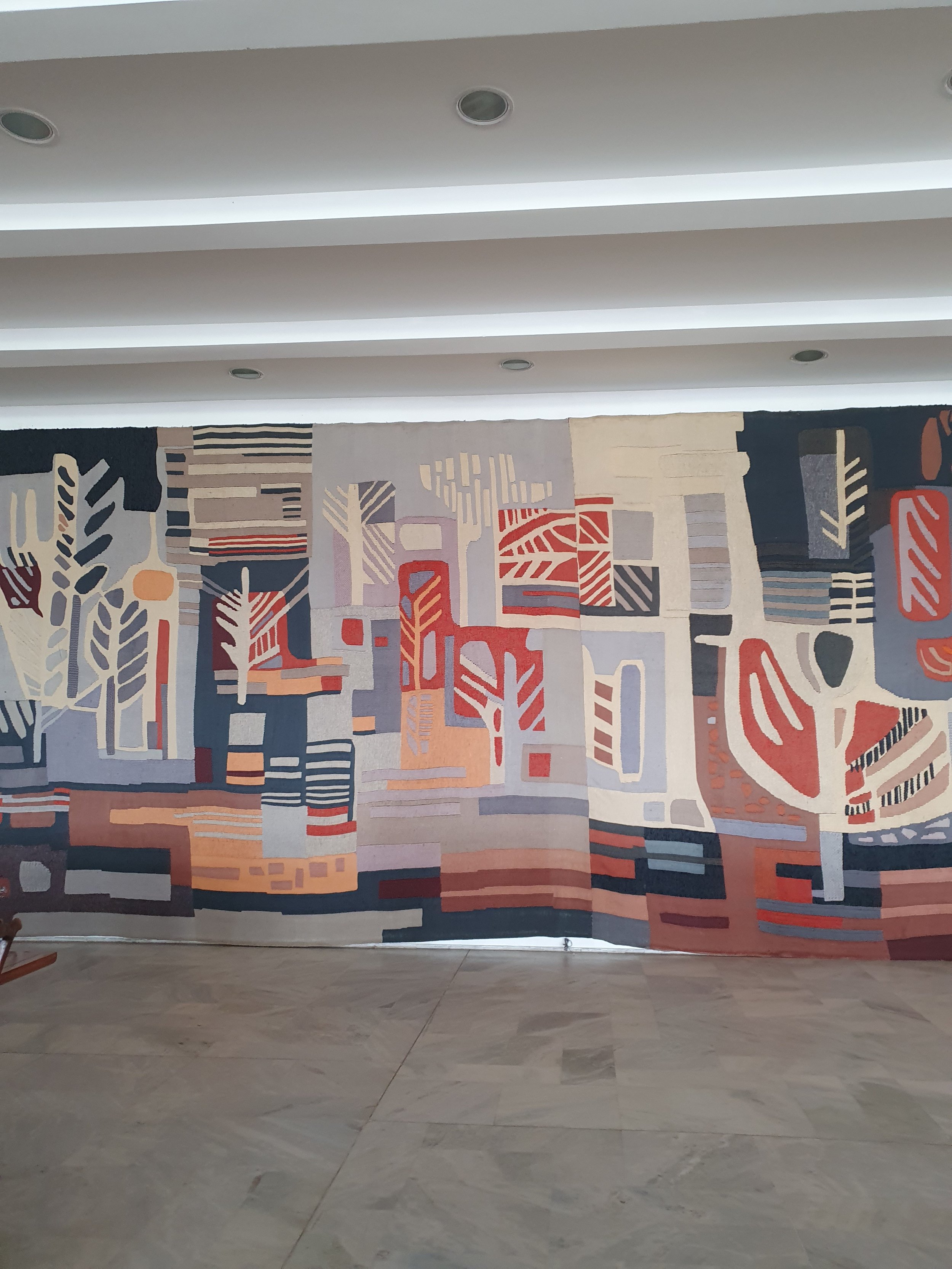
Beside Brazil’s usual wonderful (and copious) countryside food, Brasília has a rapidly improving restaurant scene: we can definitely recommend VASTO (main branch at the Igrejinha) and Santé Lago, with a great view of the JK Memorial Bridge crossing the lake.
Brasília’s lakeside hangout, the Pontão, is also always a good place to check what’s new and mix with the city’s bizarre but diverse politician-diplomat crowd.
